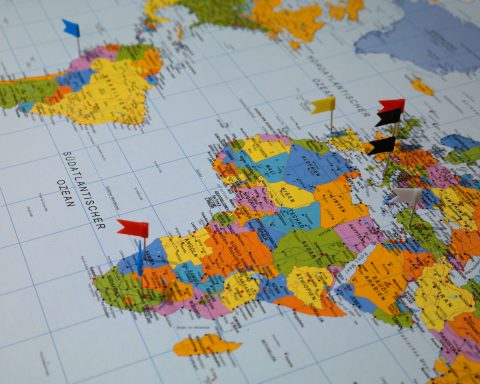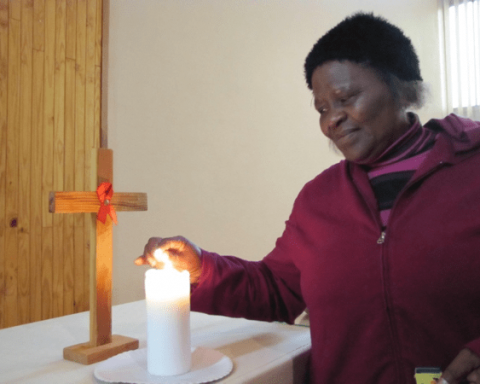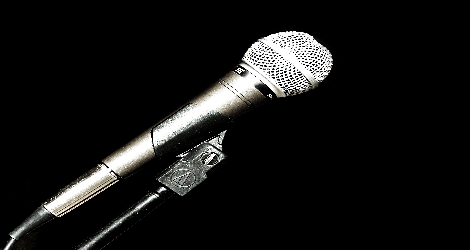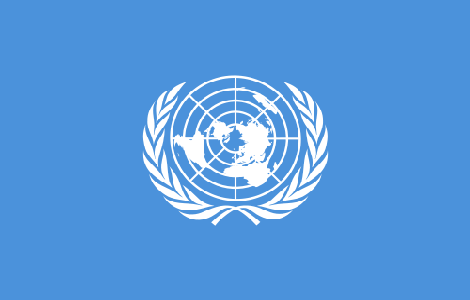Ask your Senators and President Obama to move forward with the process of ratifying the Convention on the Rights of the Child—the most ratified human rights treaty in the world. The United States and Somalia are the only two United Nations Member States that have not ratified the Convention on the Rights of the Child. The United States signed the convention in 1995, indicating its support and its intention to pursue ratification, but that ratification has not occurred.
Why should the United States ratify the Convention on the Rights of the Child?
Around the world, the Convention serves as an important tool to promote protections and rights for all children, particularly those who are made vulnerable and marginalized. The failure of the United States to ratify the Convention undermines our international leadership role on behalf of children.
Ratifying the Convention on the Rights of the Child will reaffirm the historic commitment of the United States to the welfare of children around the world and in our country. It will provide a way to assess laws, policies, and practices in relation to children’s rights and wellbeing in the United States. It will allow the United States to have a more effective voice in international organizations and conversations that address children’s rights.
Once the United States has ratified the Convention on the Rights of the Child, the State Department will make a report every five years on the implementation of the Convention. This report will go to the UN Committee on the Rights of the Child for review. Following each review, the State Department and other government agencies will need to consider the Committee’s recommendations and how to respond. The United States government already follows this process in relation to the two optional protocols to the Convention on the Rights of the Child: the Optional Protocol to the Convention on the Rights of the Child on the involvement of children in armed conflict and the . The United States has ratified these two treaties.
With the ratification of the two Optional Protocols, the United States has demonstrated our belief in the importance of the international human rights framework for protecting the rights of the child. By ratifying the Convention on the Rights of the Child, the United States will further affirm that belief.
In a time when children were considered invisible, Jesus welcomed children. Today, when children are exploited, neglected, and abused around the world, the Convention on the Rights of the Child helps establish a framework within which children can be honored, protected, and nurtured.
Ask your Senators and President Obama to move forward with the process of ratifying the Convention on the Rights of the Child.
Then little children were being brought to him in order that he might lay his hands on them and pray. The disciples spoke sternly to those who brought them; but Jesus said, ‘Let the little children come to me, and do not stop them; for it is to such as these that the kingdom of heaven belongs.’ And he laid his hands on them and went on his way.
Matthew 19: 13-15







Unbound Social